Xiaomi 13 Ultra First Impressions: More camera than phone?


The Xiaomi 13 Ultra is the definition of a niche phone, but after using it for just a few days it’s also clear it’s full of innovation and if everything works as well as Xiaomi is touting it will, then there’s every chance this could be the best Android phone of the year.
Availability
- UKTBC
- USATBC
- EuropeTBC
- CanadaTBC
- AustraliaTBC
Key Features
- Class-leading camera hardwareQuad camera system with a 1-inch main and variable aperture
- High-end screenWQHD+ 120Hz OLED display with Dolby Vision
- Speedy internalsSnapdragon 8 Gen 2, up to 16GB memory and 1TB storage
Introduction
Following on from the very good Xiaomi 13 and the even better Xiaomi 13 Pro, the 13 Ultra is the true flagship in the brand’s 2023 range.
Take one glance at the back of the Xiaomi 13 Ultra and the phone’s proposition is immediately obvious. A massive camera bulge signals this as much of a camera as a phone.
The Xiaomi 13 Pro is already one of the best camera phones around, so this Ultra needs to really do something special to set itself apart.
I’ve spent 48 hours with the Xiaomi 13 Ultra so far and here are my initial thoughts on one of the most specced-out smartphones I have ever had the pleasure of using.
(Editor’s Note: There’s currently no US, European or UK pricing or availability confirmed for the Xiaomi 13 Ultra and this hands-on was conducted with a Chinese model running Chinese software. For reference, the base model works out at roughly £700/$869 – though expect this to be much higher if a wider release is confirmed)
Camera
- Four rear 50MP cameras
- Main camera can alternate between f/1.9 and f/4.0
- 120mm telephoto camera, 75mm telephoto and 12mm ultra-wide
The camera array Xiaomi has used here is, on paper at least, staggering.
There’s nothing on the market that can compete with it for pure tech and it’s a fairly large hint about where smartphone cameras are heading. In many ways, the Xiaomi 13 Ultra is more camera than phone.
In a similar fashion to the Xiaomi 12S Ultra, the 13 Ultra is designed to really look like a camera. There’s been no attempt to hide the absolutely gigantic module on the back, quite the opposite in fact, as Xiaomi has proudly used it as the main, eye-catching design element on the phone.

The circular housing holds four distinct cameras, each of them using 50-megapixel sensors. There are two telephoto cameras, one with a 75mm zoom and another with a 120mm zoom, plus a 122-degree field of view ultra-wide and a main camera with an aperture that can shift between f/1.9 and f/4.0.
That main camera is the star of the show thanks to its huge 1-inch sensor (the same one found in the Xiaomi 13 Pro – a phone we know takes amazing photos) but the differentiator here is that variable aperture. The wider f/1.9 aperture is great for getting that shallow depth of field effect and allowing more light into that huge sensor, while the narrower f/4.0 reduces the background blur, keeping more of the frame in focus.
Inside the camera app, there’s a quick toggle for switching between the apertures – and if you look at the camera on the back you can see the lens physically opening and closing – or you can set it to auto mode.
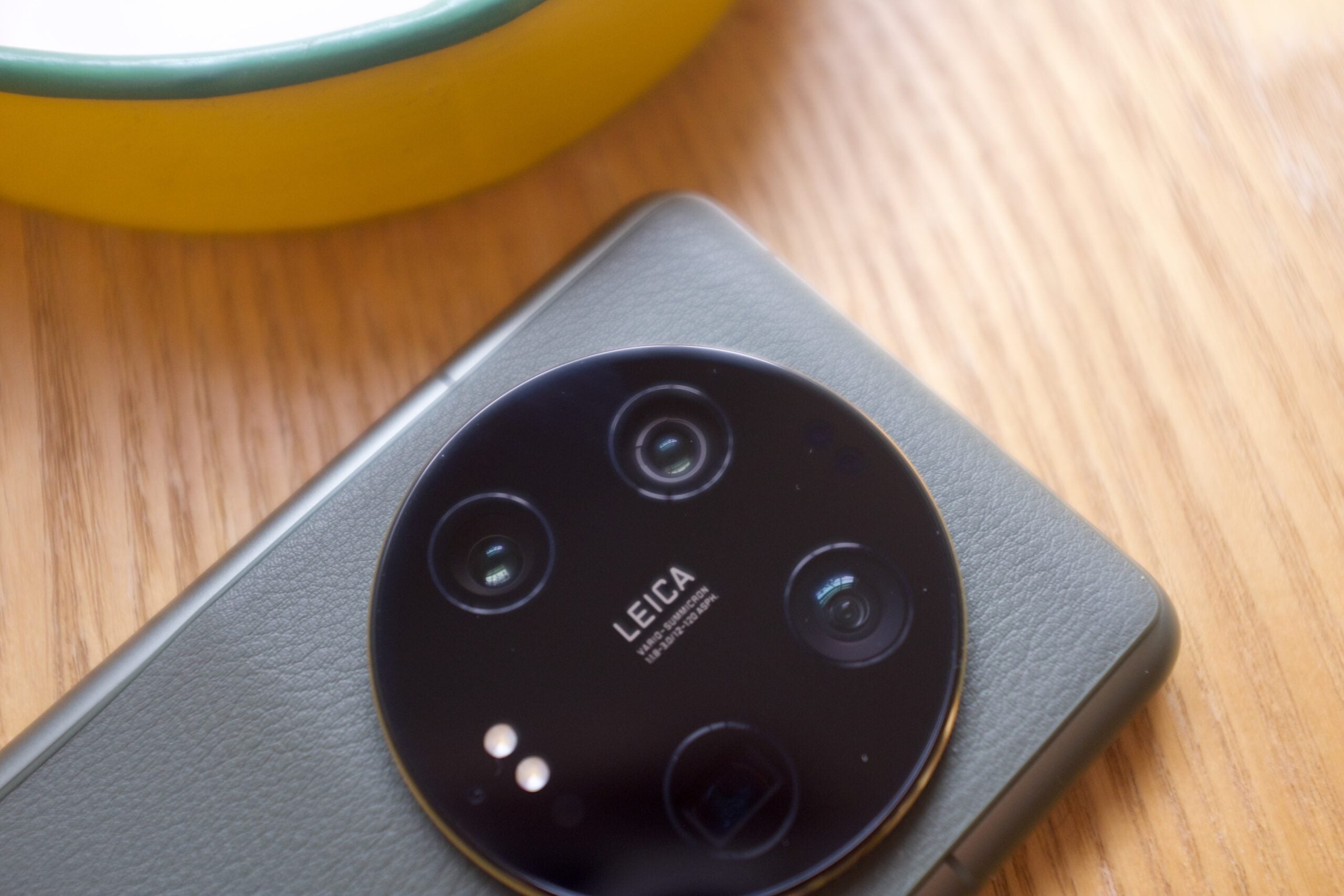
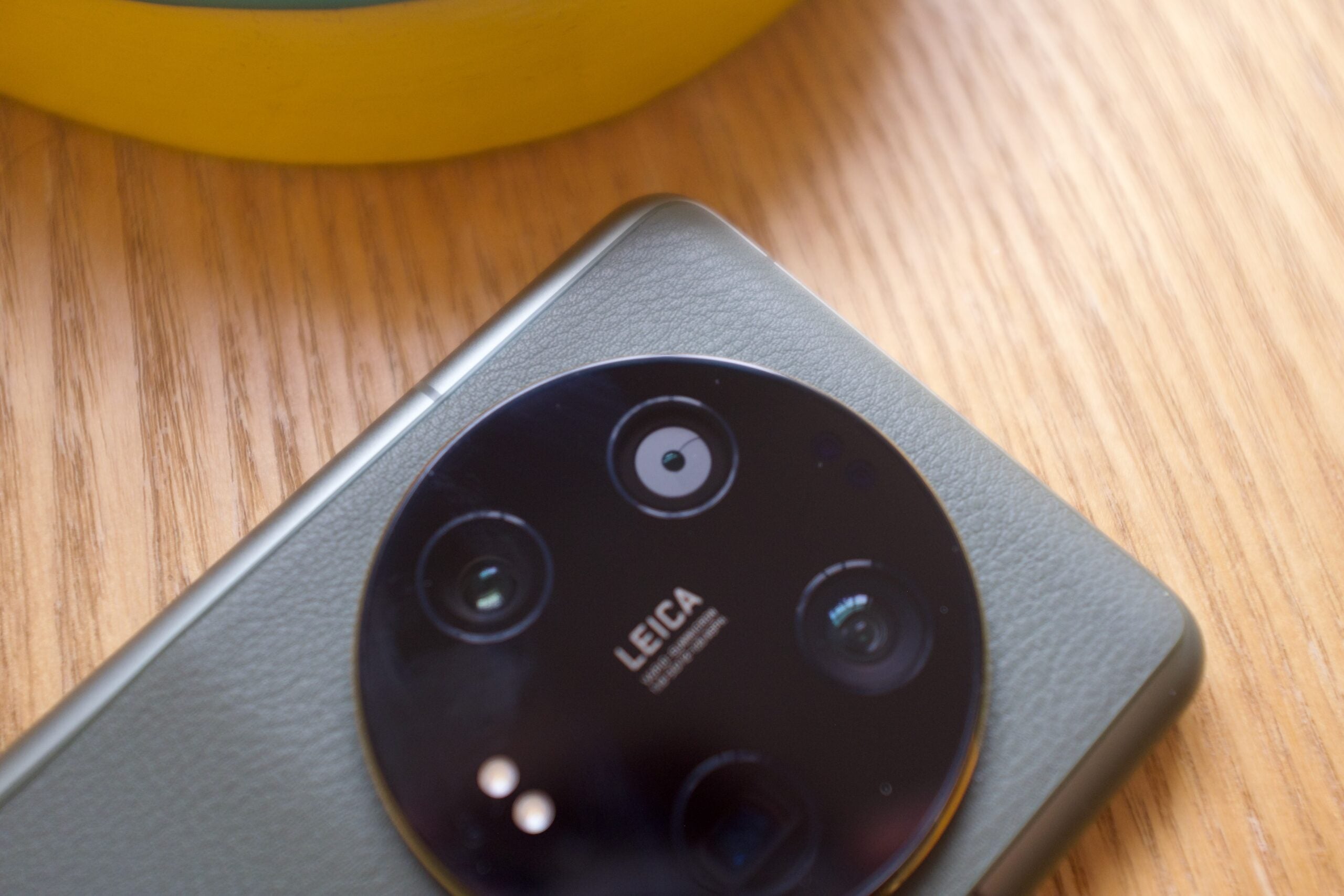
I’ve so far found the auto-switching doesn’t work too well, rarely actually doing anything, and I have preferred to manually alter it depending on what I am shooting. The image below is a good example of what the differences between the two settings are, with the background far blurrier at f/1.9 than at f/4.

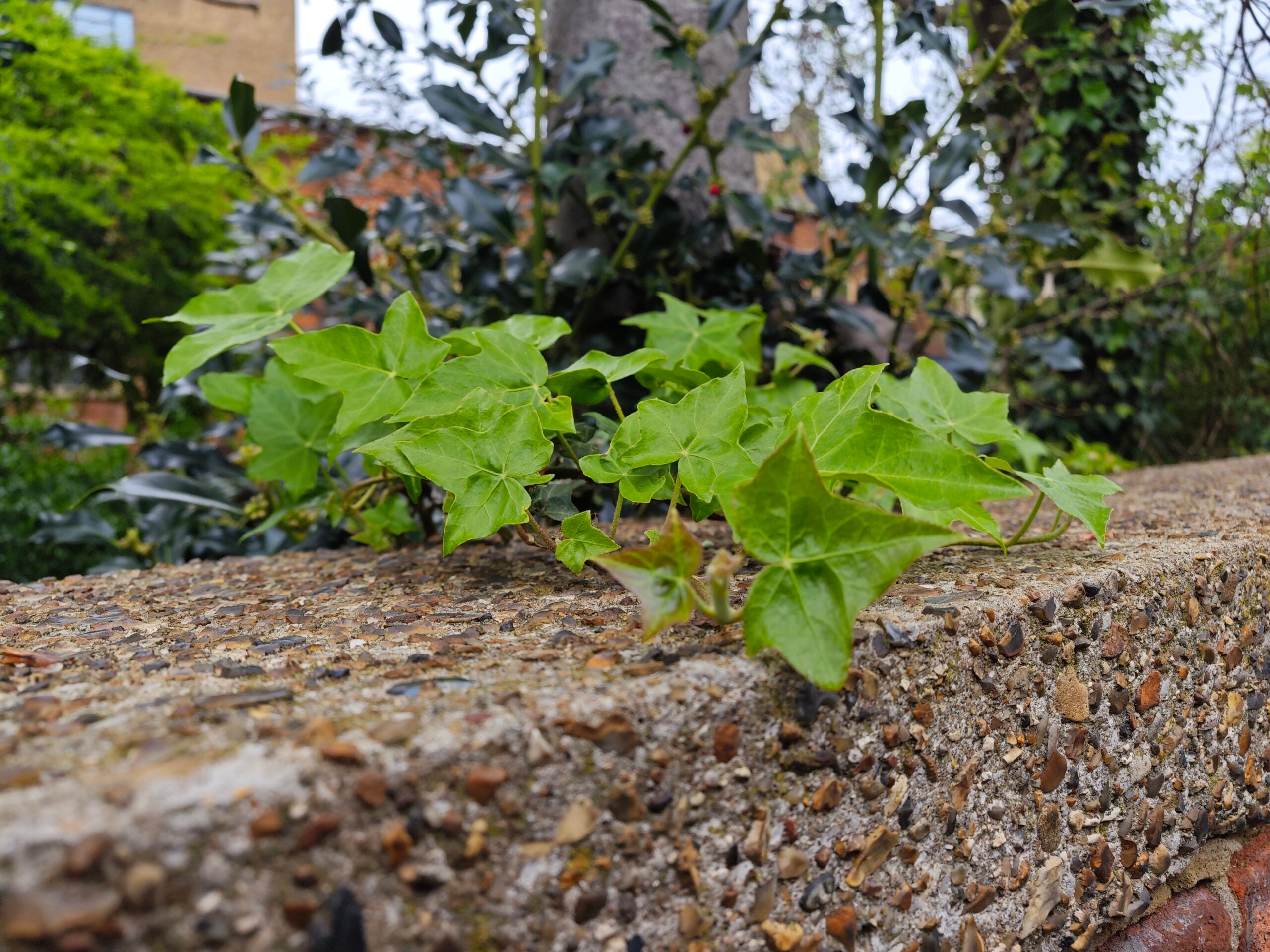
Variable aperture on smartphones isn’t new – Samsung used it in 2018 with the Galaxy S9 and it was a bit of a dud feature that didn’t reappear on the S10 – but it feels far more useful now with the switch to larger sensors. These large sensors can often render more of the image out of focus than before, so adding in that f/4 option helps alleviate this issue.
I’ve only been shooting with the Xiaomi 13 Ultra for a couple of days and haven’t tested it in enough varying conditions to really judge its performance yet – that’ll come in my full review. But early impressions are strong – especially in daylight – and the multi-aperture works well, making an obvious difference in certain instances. It’s also great having top-quality sensors behind all the focal lengths.



Early impressions of the 32MP selfie are less strong, though. Images here lack colour, detail and natural tones, instead looking quite odd. This has been a theme of a lot of previous Xiaomi phones, even high-end ones.
Switching over to video and there is a lot to mess around with. 10-bit LOG video recording is supported, and you can shoot 8K across all four of the rear cameras in cinematic 24fps. HDR recording is supported in Dolby Vision up to 4K at 60fps.
The final piece of the camera package comes from the Leica partnership. I’ve written about this in-depth in my Xiaomi 13 review, but in short it adds a number of colour profiles to the camera app. Leica Authentic and Leica Vibrant are the duo of choices, with the former lowering the saturation for a more natural look and the latter a little more in line with the punchier colours found on iPhones and Samsung phones.
Screen and Design
- Silicone leather back available in three colours
- Adaptive 120Hz OLED with Dolby Vision support
- A peak brightness (reported) of 2600 nits
I am sure it’ll divide opinion greatly, but I have been instantly charmed by the design of the Xiaomi 13 Ultra.
The back is covered in what Xiaomi calls an ‘antibacterial nanotech silicone leather’ – but to you and me that’s basically faux leather, or vegan leather. It’s a highly textured covering, giving added grip and ensuring no fingerprints or smudges will appear.
Surrounding the textured finish are metal sides and while the silicone leather doesn’t flow into the sides in a smooth manner, I actually like the distinct two-tone finish Xiaomi has gone for. Three colours are available – green (the version you can see in these images), black and white – and they all feature the same finish.
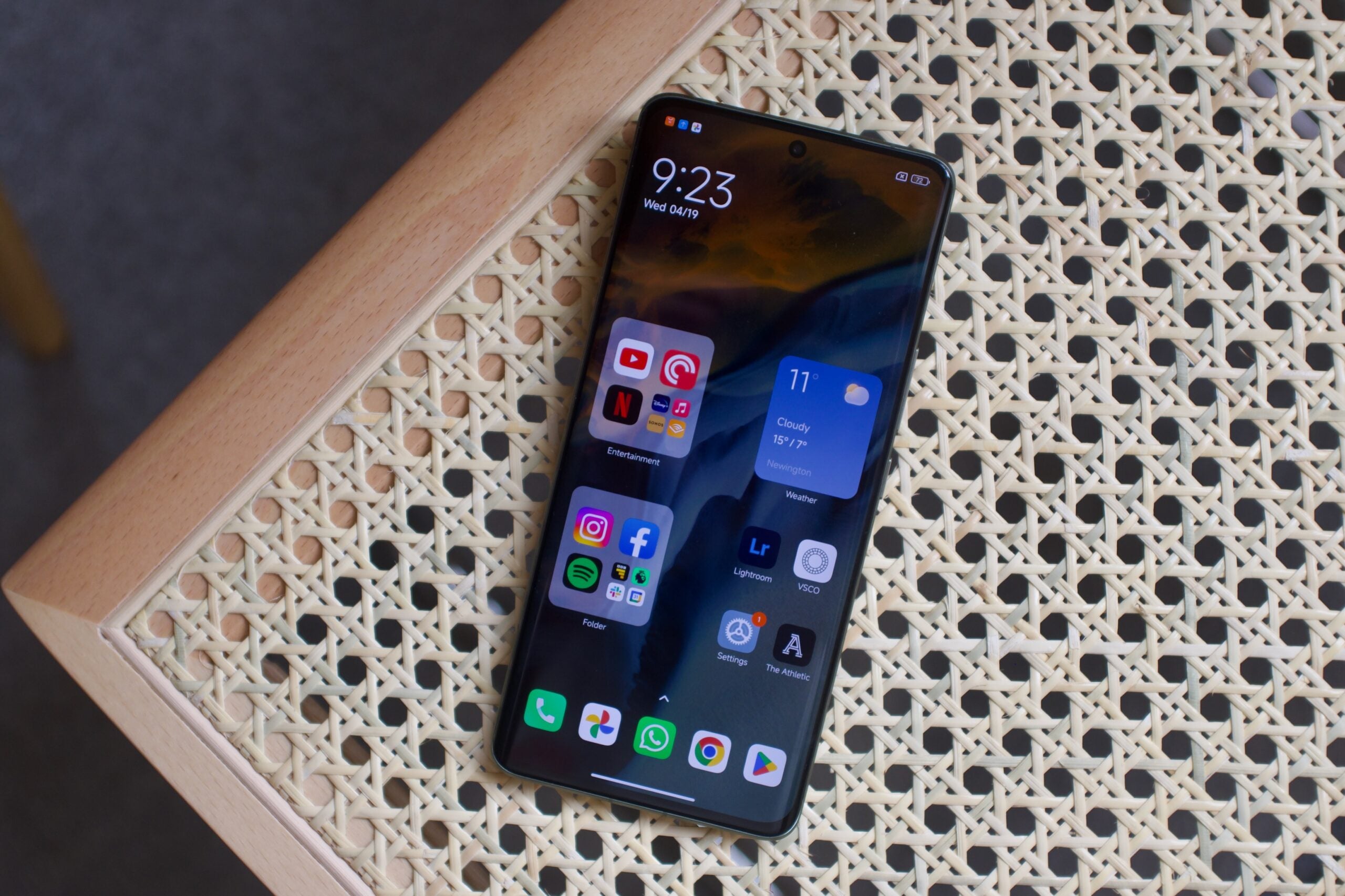
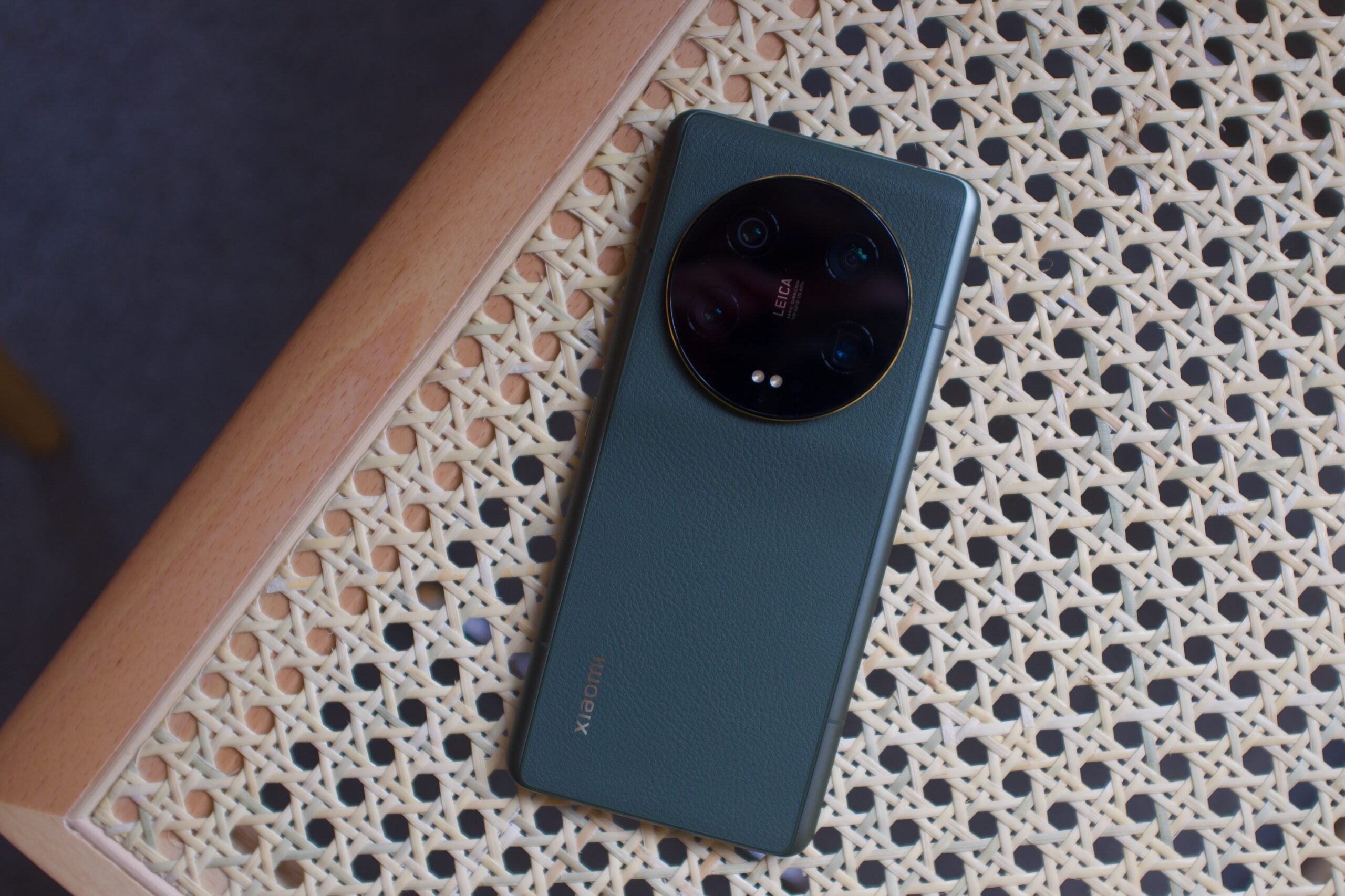
The sides are flat, giving your fingers more room to comfortably sit when holding the phone horizontally and taking pictures, while there’s a noticeable hump sitting below the huge camera system. Some will hate how big and obvious the camera is here, but I like it and it helps the Ultra stand out in a sea of fairly dull Android smartphones.
However, having such a large camera module does come with some downsides. For one, finding a comfortable place to rest your fingers below it is, to put it mildly, tricky. It’s hard to avoid smudging the camera with your fingers and it’s a little hard to hold. Maybe I will get used to it and work out of a comfortable position, but so far it doesn’t feel very natural. It also doesn’t lay flat on a desk, constantly wobbling about.
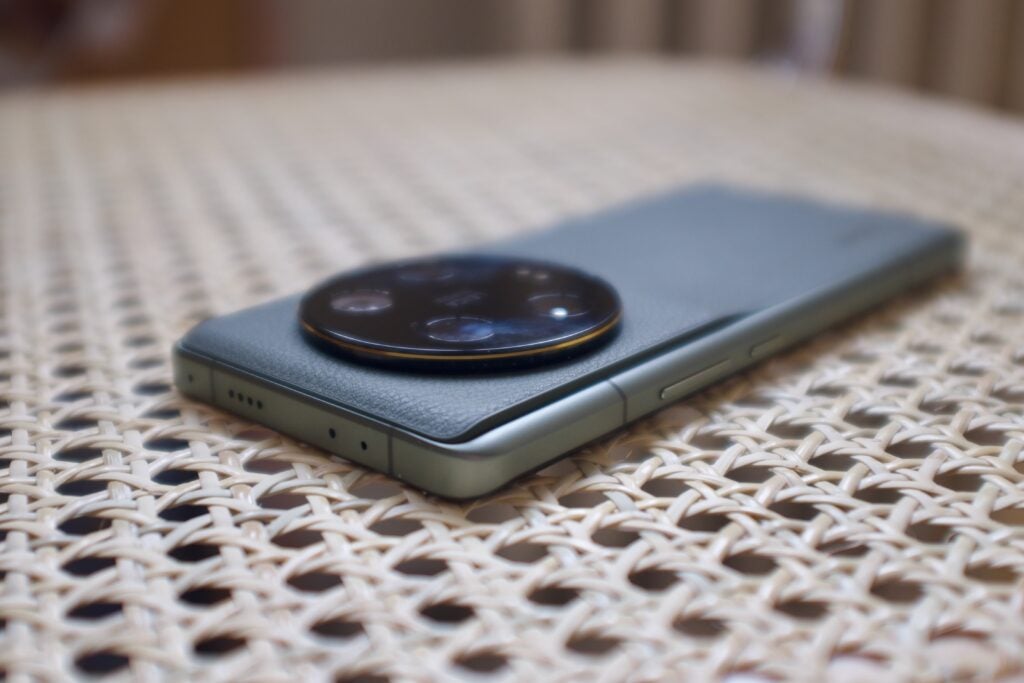
It’s a heavy phone at 227g and it does feel weighty, though reassuringly so. It’s finished wonderfully well too, with precise cutouts and a real high-end feel.
While the camera is the focus, the basics haven’t been forgotten about. The phone packs an IP68 rating and Gorilla Glass Victus covering the front display. The 6.73-inch display is much the same as the one on the Xiaomi 13 Pro, peaking at 2600 nits of brightness in specific use cases and toting the ability to dynamically lower the refresh rate to 1Hz to save power.
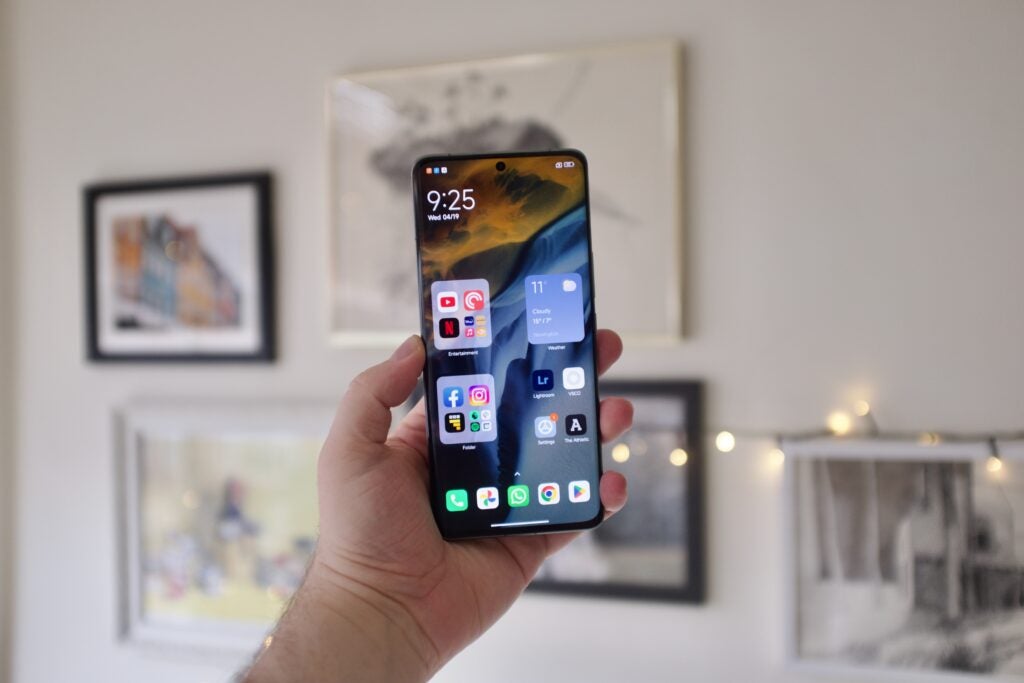
It’s a cracking OLED screen, really excelling in displaying HDR (I used a demo reel on YouTube for this, as the Netflix app hasn’t been updated to support HDR yet) content.
Performance
- Snapdragon 8 Gen 2 chipset
- Up to 1TB storage and 16GB RAM
- MIUI 14 software
Like all the high-end Android phones we’ve reviewed so far this year, the Xiaomi 13 Ultra is powered by Qualcomm’s 8 Gen 2 chipset. It’s a fast, capable chip and this – after just a couple of days of use – is, predictably, a very fast phone.
I’ll go deeper into both performance and battery benchmarks in the full review, but initial testing shows this to be pretty much on par with Xiaomi 13 Pro – which doesn’t come as much of a surprise.
Alongside the chipset, there’s 12 or 16GB of LPDDR5X memory and 256GB/512GB/1TB storage, although no microSD expandability. The battery size sits at 5000mAh.
Wired and wireless charging are both supported, with 90w being the fastest speed available. That’s marginally slower than the 13 Pro, though still very speedy. Xiaomi claims a full 0-100% charge takes 35 minutes when using the included charging.
One particularly neat battery feature is a Hibernation mode, which puts the phone into a very limited state when you hit 1%. Once this mode kicks in, the phone should last for another hour (or 12 minutes if you’re on a call).
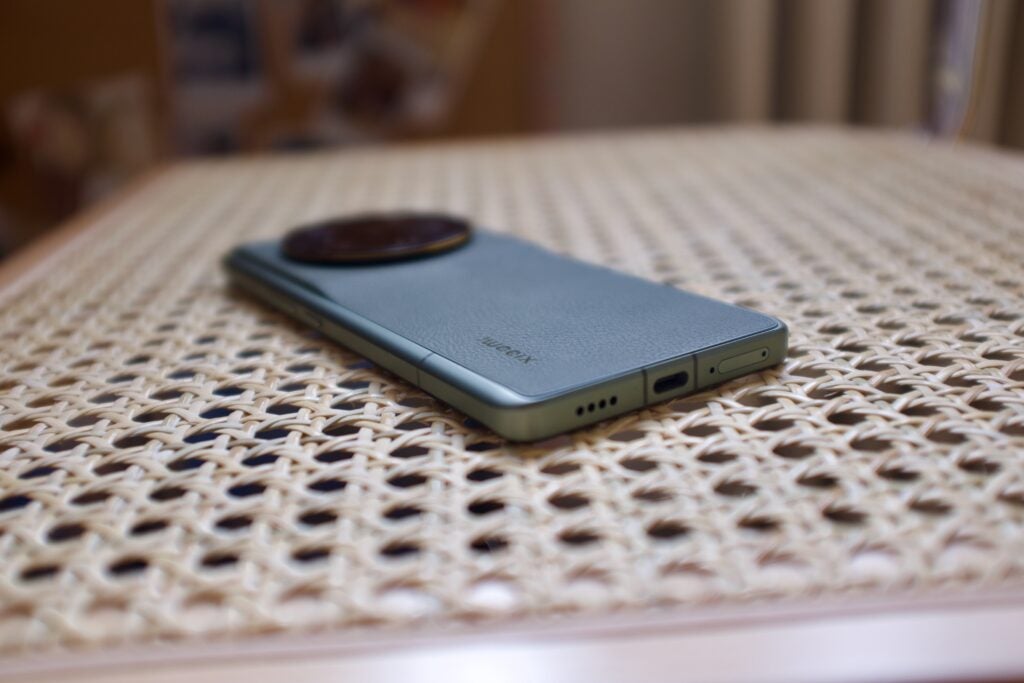
The model provided by Xiaomi is very much the Chinese edition of the phone, and there’s no confirmation yet whether or not there will be a global edition. That means there’s no Google Play (or Google services) by default and there are many elements of the software that are stuck in Chinese whatever the language of the phone is set to. This won’t be the case when (and if) global versions become available.
Early Verdict
There’s currently no UK, European or US pricing or availability for the Xiaomi 13 Ultra yet and judging by the Chinese price it’s going to cost a far whack more than the £1099 Xiaomi 13 Pro. If it was to arrive in the UK, there’s every chance this could be priced between £1300-1400 – but that’s pure guesswork at this stage.
The 13 Ultra does a lot though and the camera hardware is some of the finest I have seen on any phone to date. The huge sensor, variable aperture, duo of telephoto sensors and four 50-megapixel sensors make for a tempting package, especially if you want more creative control over your snaps than you get from an iPhone 14 or Galaxy S23.
This is the definition of a niche phone, but after using it just a few days it’s also clear it’s full of innovation and if everything works as well as Xiaomi is touting it will, then there’s every chance this could be the best Android phone of the year.
Xiaomi 13 Ultra Specs
Compare the specs from all the Xiaomi 13 specs right here, from the Ultra to the cheaper Lite model.
The post Xiaomi 13 Ultra First Impressions: More camera than phone? appeared first on Trusted Reviews.
Source Trusted Reviews ,Home Appliances Reviews

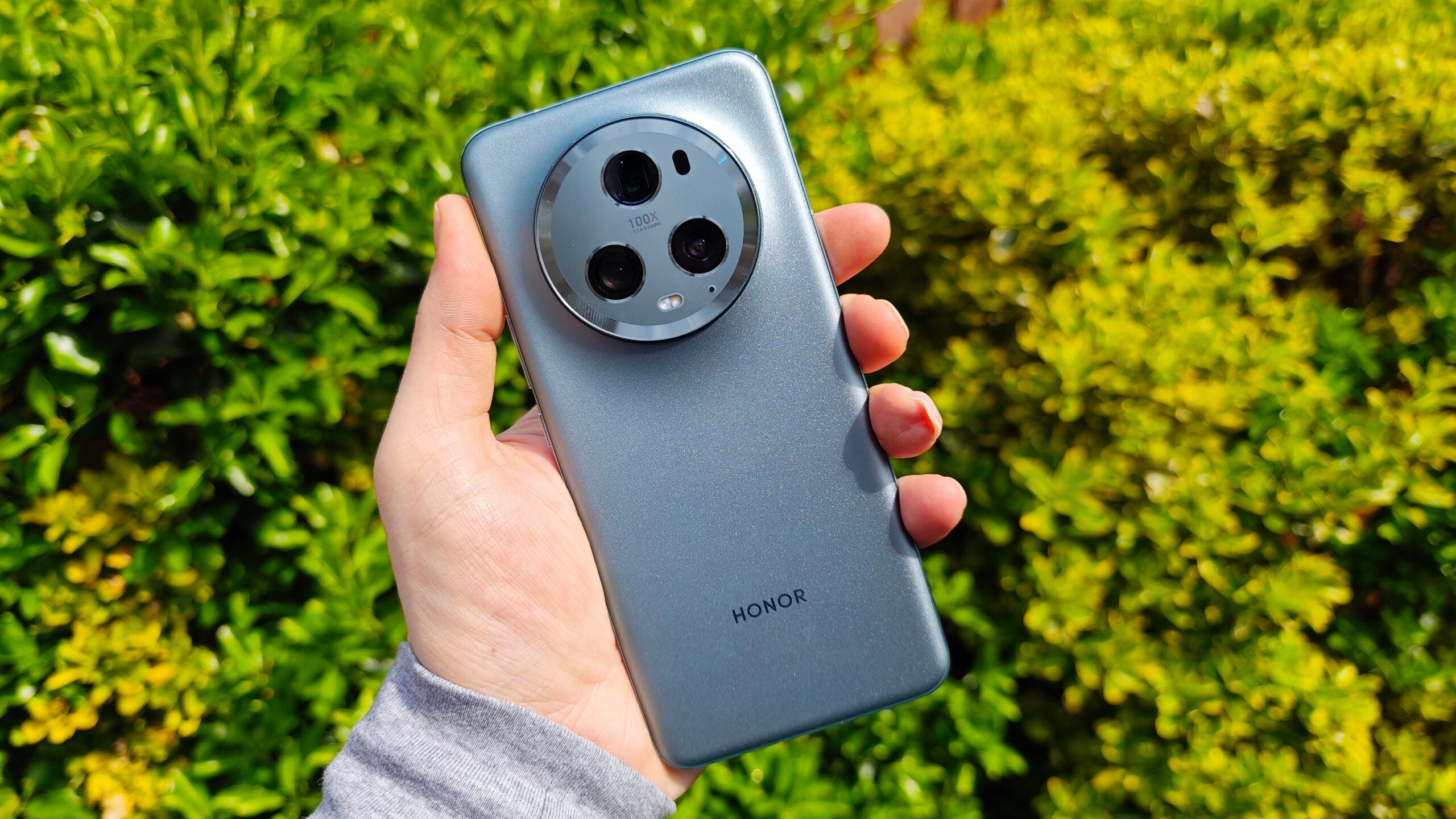
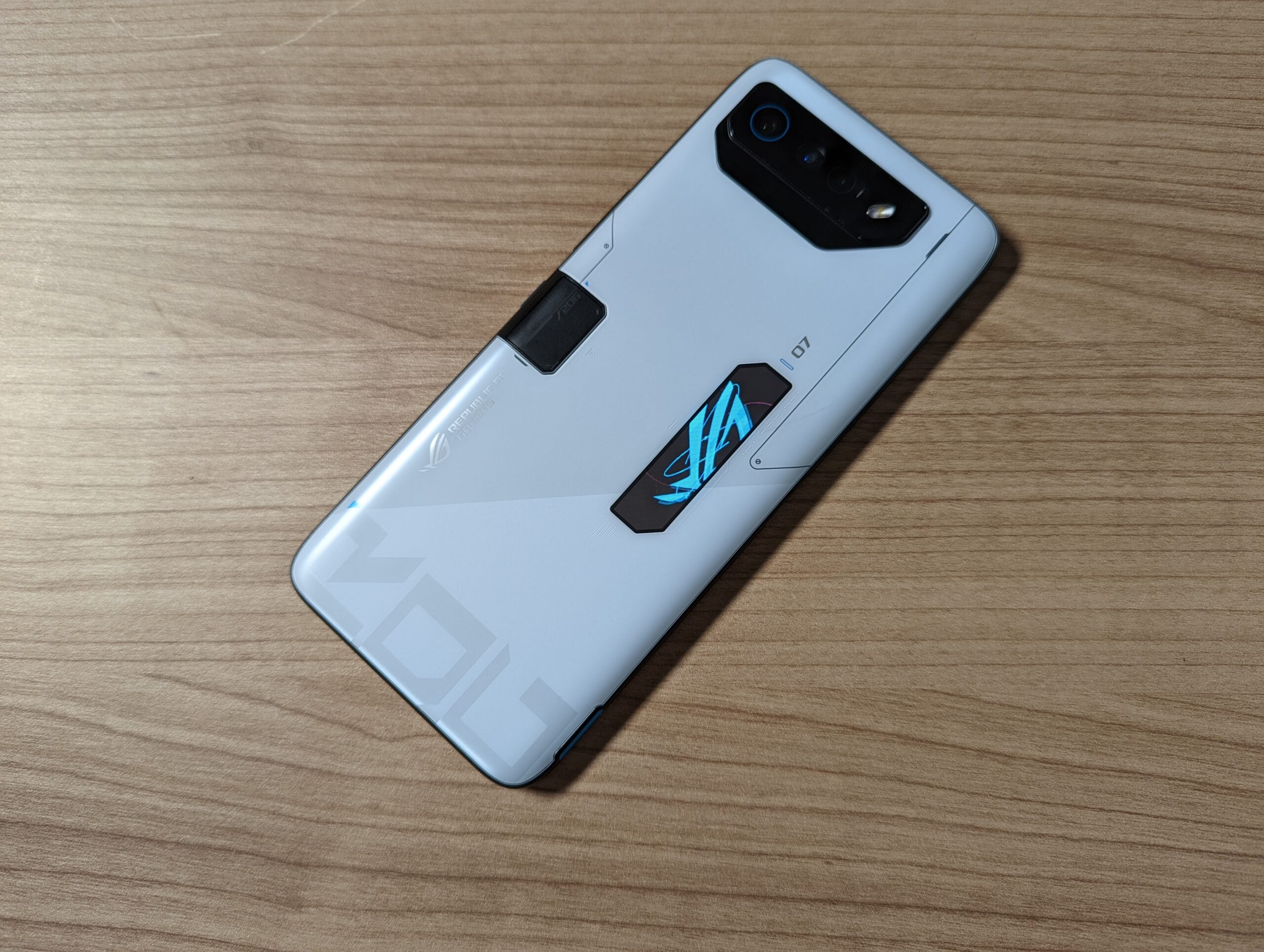

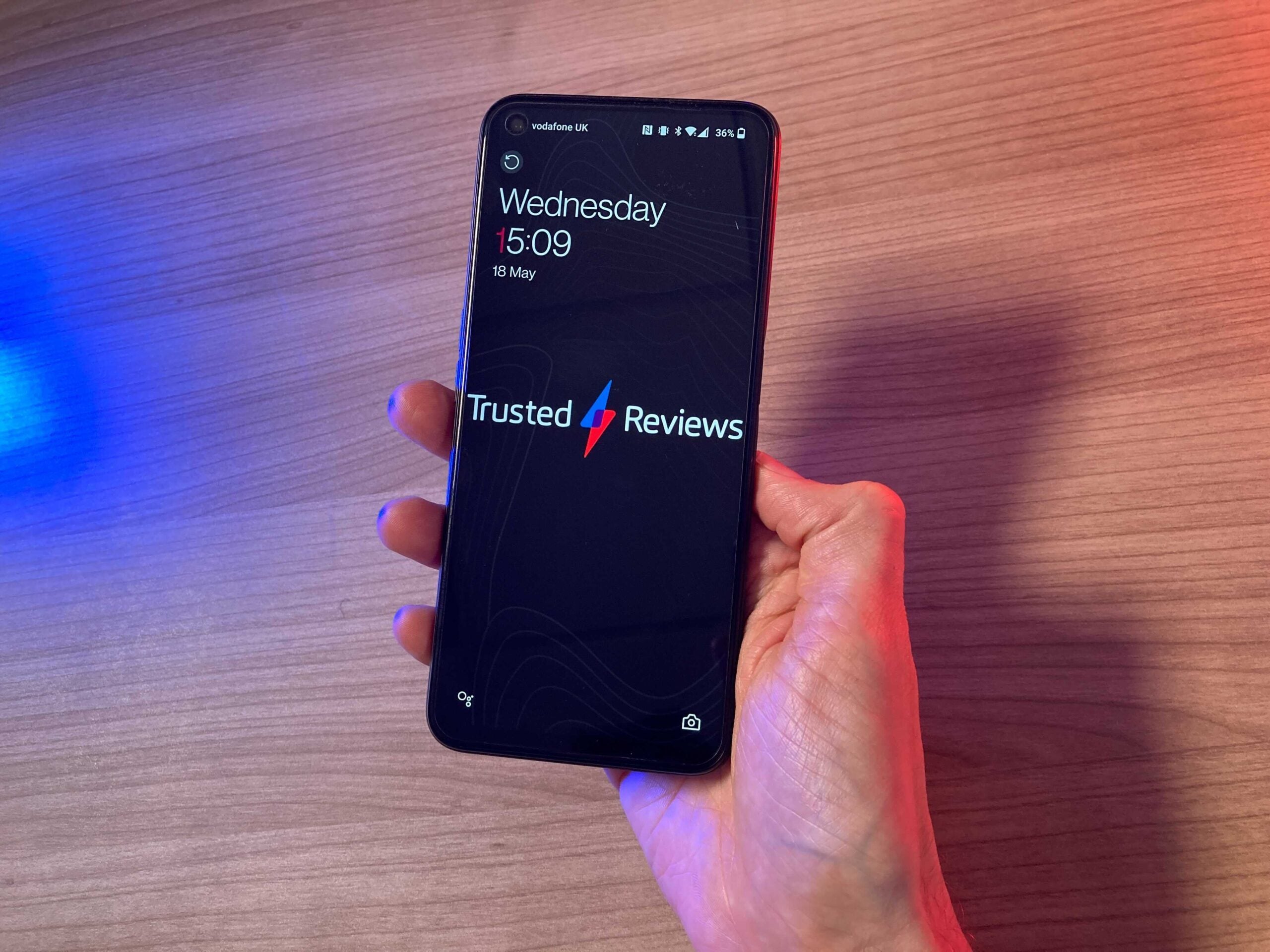
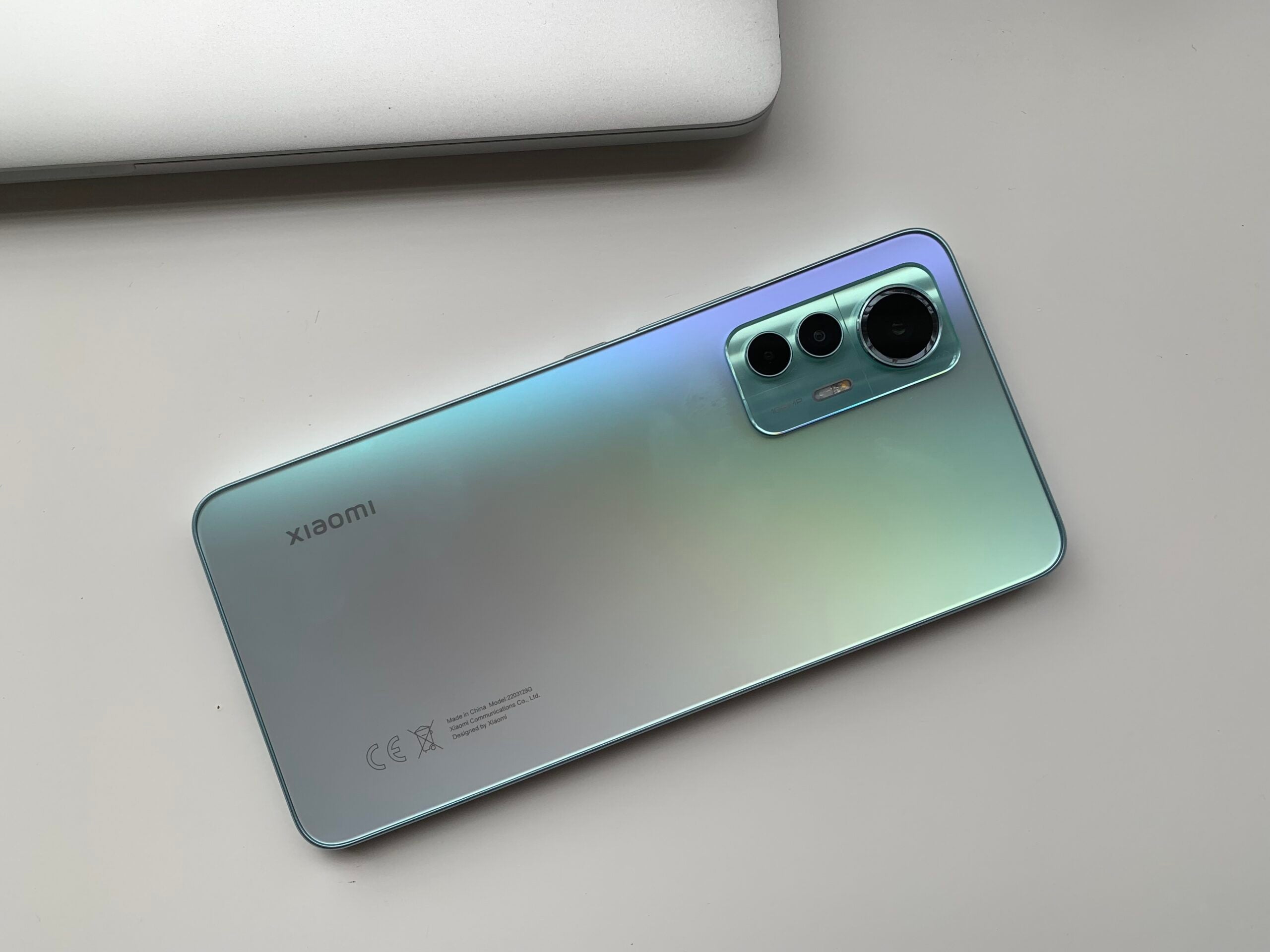

No comments